The Eternal Chopstick Question
Like the setting of the sun and the music of the universe, some things are simply everlasting. Take the question, "Can you use chopsticks?" which is faced countless times by foreigners everywhere.
Regardless of whether they have spent a minute or a millennium in Japan. At some point, every foreigner has been tempted to respond to the chopstick question with a snide retort like, "Your use of forks, knives, and spoons is truly awe-inspiring."
Perhaps this is because, on the surface, chopsticks seem to challenge the Darwinian Theory of Evolution, appearing as a cul-de-sac of human development. After all, chopsticks still function much as they always have—ever since early humans realized it would be less painful to use sticks rather than bare hands to pick something out of the fire.
However, in Japanese culture, nothing could be more refined. The detailed conventions of using chopsticks descend from the ancient Japanese belief that hashi (chopsticks) were a sacred tool for connecting humans and gods. In today's society, one's knowledge of the proper use and Etiquette of these wooden sticks is considered by many to be a defining attribute. The way you handle chopsticks can reveal you as either a highly refined and educated person of class and consequence or as a vulgar and hopelessly ignorant naïf deserving of a thousand subtly delivered indignities (with a smile, of course!)
The Complexity of Chopsticks
For most foreigners, it all seems like a lot of fuss over a little manual dexterity. It appears odd that a culture that has simplified dining implements down to a pair of sticks is also stuck with a writing system that uses some 5,000 characters. Alas, Japan is a much more complicated place than that. It is not surprising, therefore, that the level of complexity involving chopsticks often goes unnoticed by large swaths of the non-native population. Many remain ignorant for years that some of their chopstick-using habits are impolite, if not abhorrent.
This ignorance is often because the Etiquette surrounding using and misusing chopsticks is so arcane. At other times, such conventions are simply glossed over by family, friends, and neighbors, leaving unwitting foreigners in the dark. It may appear that the Japanese people in your life are so awestruck that you are even attempting to use chopsticks, but in reality, it is probably because they think it is somewhat of a shame to inform you that you are violating basic Etiquette by licking, spearing, passing, or rubbing them.
But... do not be deceived—someone is always watching! What interesting behavior! "Sugoi! Hashi ga umai!"
Chopstick Etiquette: The Do's and Don'ts
Sticking Chopsticks into Food
Never stick chopsticks into food, especially not into rice. This evokes their use at funeral ceremonies and can lead to a certain lull in mealtime conversation.
Passing Food from Chopstick to Chopstick
This is another maneuver that is certain to raise the hair on the back of a Japanese person. The last time they saw anything like this was probably at Granddad's cremation when they passed around his dentures and other remains among the relatives. If you want to bring a dinner party to a standstill, this might do the trick.
Handling Different Textures
The major offenses committed with chopsticks often stem from "dexterity" issues, namely the inability to eat foods of varying texture and consistency with a pair of sticks. This often leads the hapless chopstick criminal to commit negligent acts that an otherwise sane individual might avoid under different circumstances.
Spearing Food
The number one chopstick casualty is the lowly and otherwise innocuous tofu. Many violent acts are committed against tofu, including scooping, slurping, and, yes, spearing. With tofu, you really only get one shot. Using slight pressure, gently lift it from beneath and slowly raise it to your mouth. If you go for the middle of a block of tofu with too much force, you might end up slicing it in half—and then you are done for.
Rubbing Waribashi Together
Another common mistake is believing that rubbing a pair of waribashi (disposable chopsticks) together to smooth off the rough bits is somehow polite behavior. Nothing could be further from the truth. While it may seem a practical act of caution against splinters, no self-respecting Japanese person would be caught dead doing this.
Pointing with Chopsticks
Pointing at someone is an act of aggression in Japan, but using your chopsticks to do so is tantamount to declaring war. Pointing your chopsticks at someone should be avoided at all costs, even if your mouth is so full of food that you haven't time to speak.
Waving Chopsticks in the Air
Waving chopsticks too much in the air is a sign that you have either lost your mental agility or that you may be choking. This might be great if you want to label yourself a "nutcase," but it's bad if you're negotiating trade deals or hourly rates with a private student.
The Arcane Rules of Chopstick Usage
Those interested in delving further into the arcane rules governing chopstick usage will no doubt be fascinated by an Ogasawara family document that states, "It is improper to wet chopsticks to a height of more than three centimeters." Food stains of a length between one and a half and three centimeters are judged acceptable. The document continues in this vein for another two paragraphs, but I think you get the drift. Don't use your chopsticks as a dipstick, and don't dunk them in liquid (your glass of water, beer, etc.) to wet them before eating. Although I have seen this practiced by a number of barcode salarimen in coffee shops across the nation, even they seem unaware that the practice is frowned upon.
How to Use Chopsticks - A Primer
The Basic Technique: A Step-by-step Guide
The standard technique for using chopsticks is called "The Triple Measure," requiring more than three movements.
Step 1
Hold the first stick in your right hand as you would a pencil, with the thick end on top.
Step 2
Turn your hand inward until the stick is horizontal to the table and parallel to your body.
Step 3
Slide the stick to the left until your thumb and forefinger clamp it at about its midpoint.
Step 4
The thumb should be neither bent nor rigidly straight, with all fingers slightly curved inward. The middle finger should contact the underside of the stick, and the ring finger should align with the middle finger, protruding towards your body.
Step 5
Take the second stick with your left hand and rest its thick end on the protruding part of the ring finger of your right hand. Slide the stick to the right, touching the tip of the middle finger and passing under the thumb until it rests at the base joint of your forefinger.
Step 6
The second stick remains stationary while the first stick is moved by bending and extending your forefinger and middle finger.
Still don't get it? Check out this video!
Resting Chopsticks
After use, avoid placing chopsticks on a dish or plate.
Chopstick Rest Options
• Use a chopstick rest.
• Lean them against the right edge of your dining tray.
• Create a substitute rest by folding the paper chopstick sheath into a triangular shape.
Post-Meal Etiquette
• Place the chopsticks back into the paper sheath.
• Fold the bottom corner of the sheath to indicate that the chopsticks have been used, preventing others from accidentally using soiled utensils.
Chopstick Crimes
As you can see by now, the list of chopstick taboos is endless. But here are the highlights, otherwise known as “The Bashi’s.”
Sashi-Bashi (刺し箸)
Sashi means “to pierce.” It’s bad manners to stab your food with chopsticks as if you’re auditioning for a role in Game of Thrones. Commonly seen in those touch-and-go situations where people try to pick up slippery food by spearing it like a gladiator. Remember, your chopsticks are not javelins.
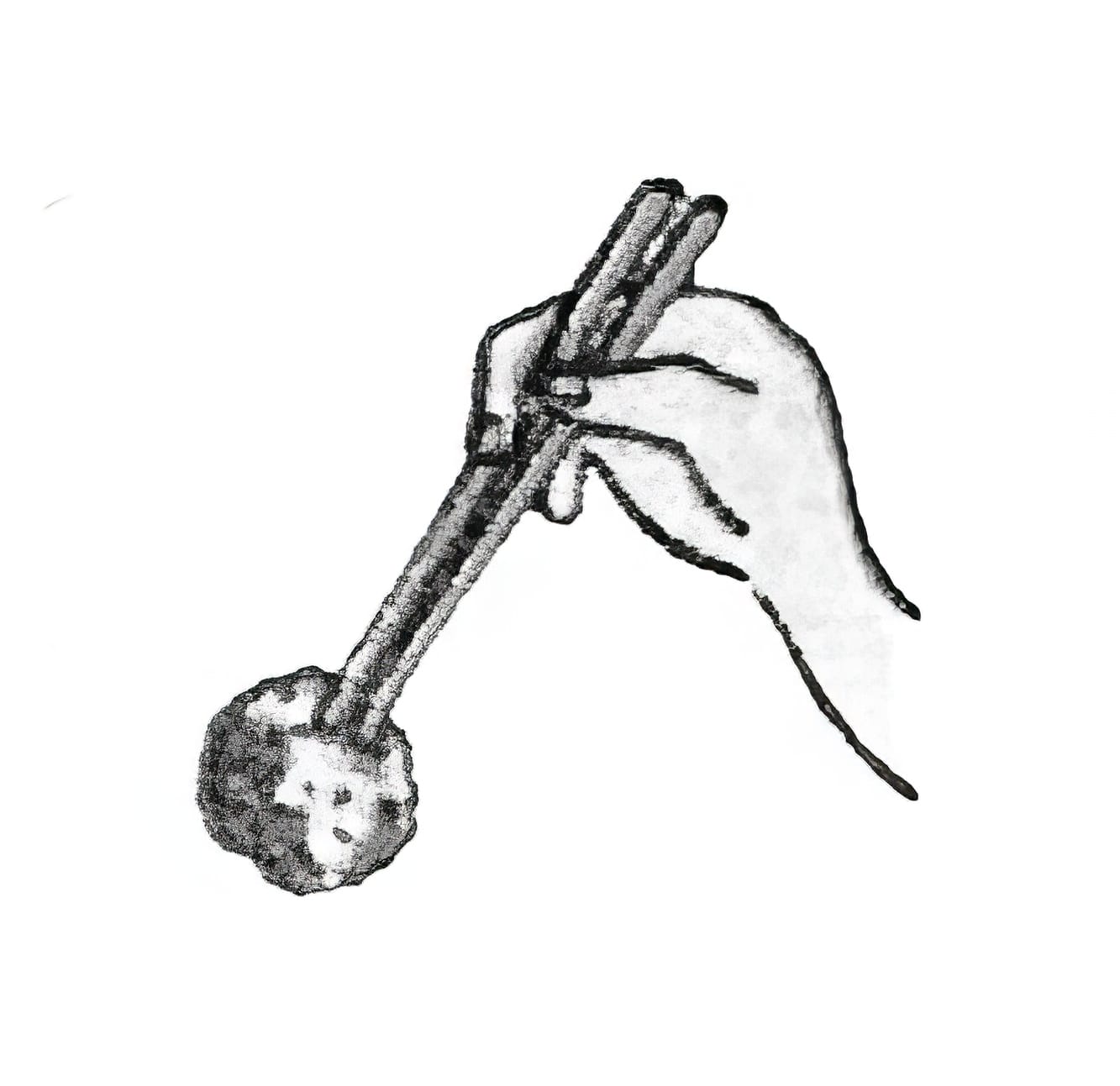
Saguri-Bashi (探り箸)
Literally, “To search with chopsticks.” You are an offender if you are hunting around in your soup bowl with your chopsticks.
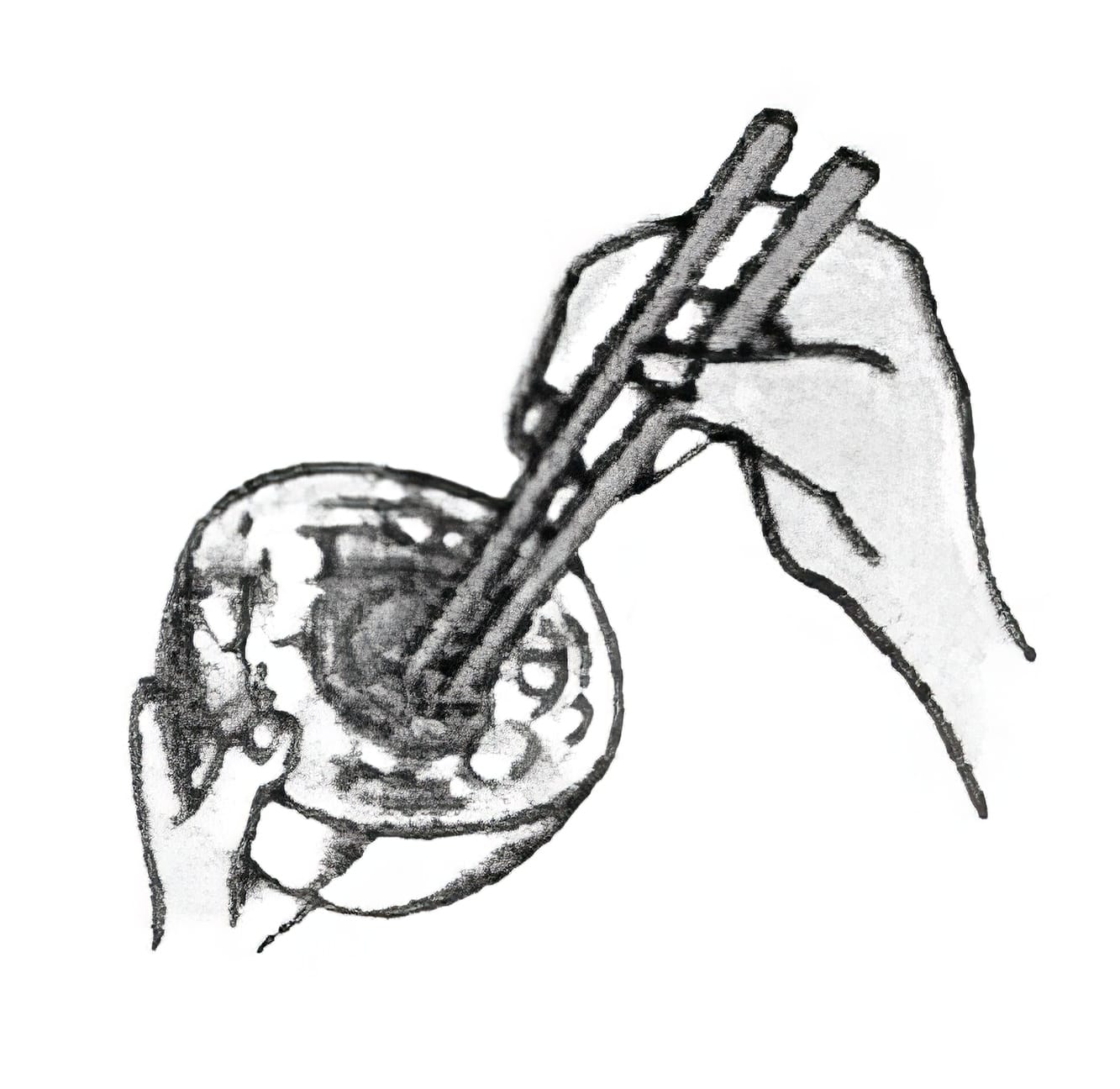
Namida-Bashi (涙箸)
To drip the sauce from the food or from chopsticks in order to convey it to another dish lacking in the sauce. Not only is this seemingly impossible feat offensive, it is quite time-consuming as well.
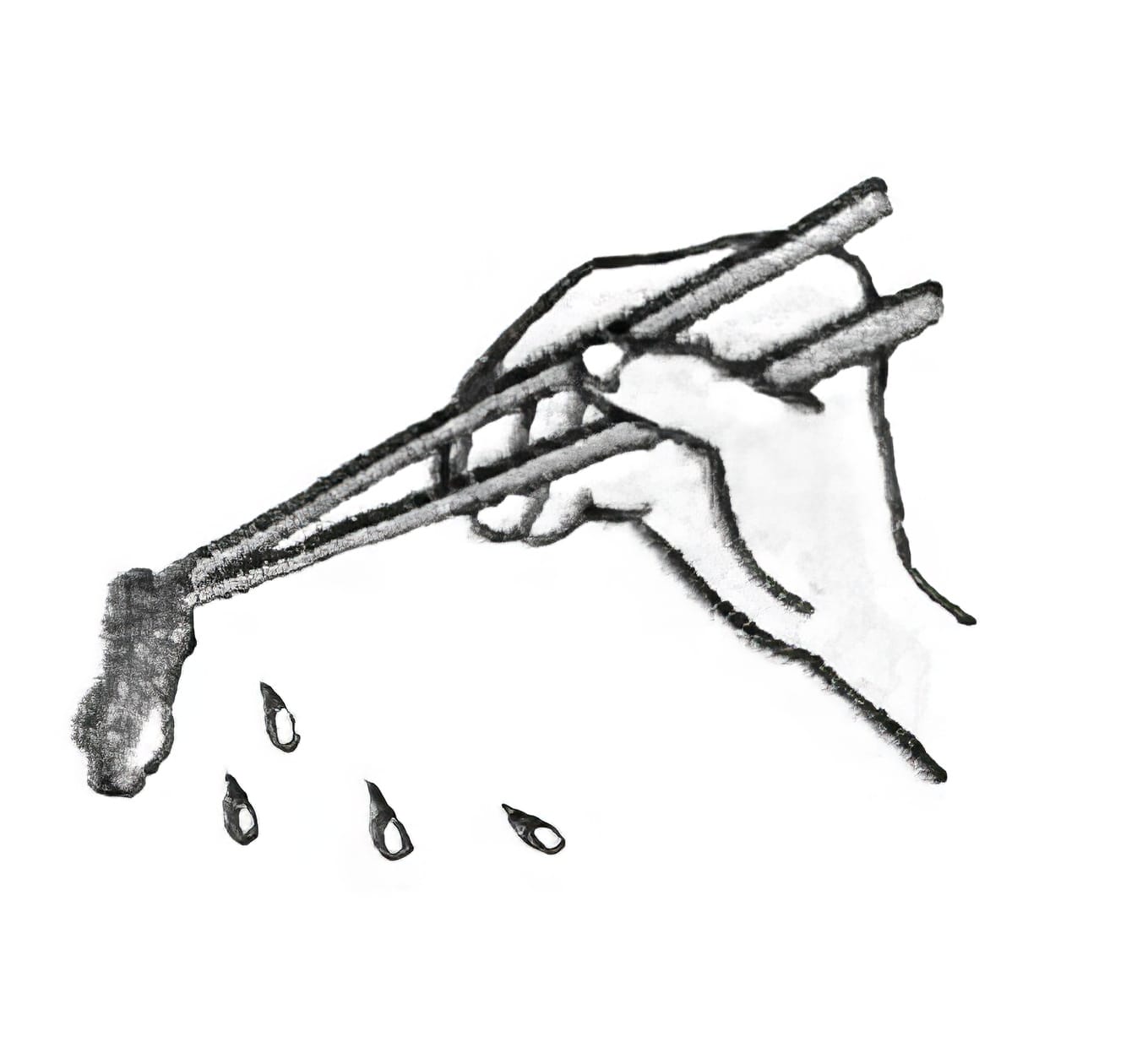
Neburi-Bashi (ねぶり箸)
To lick or suck the tips of chopsticks is considered to be frighteningly bad taste.
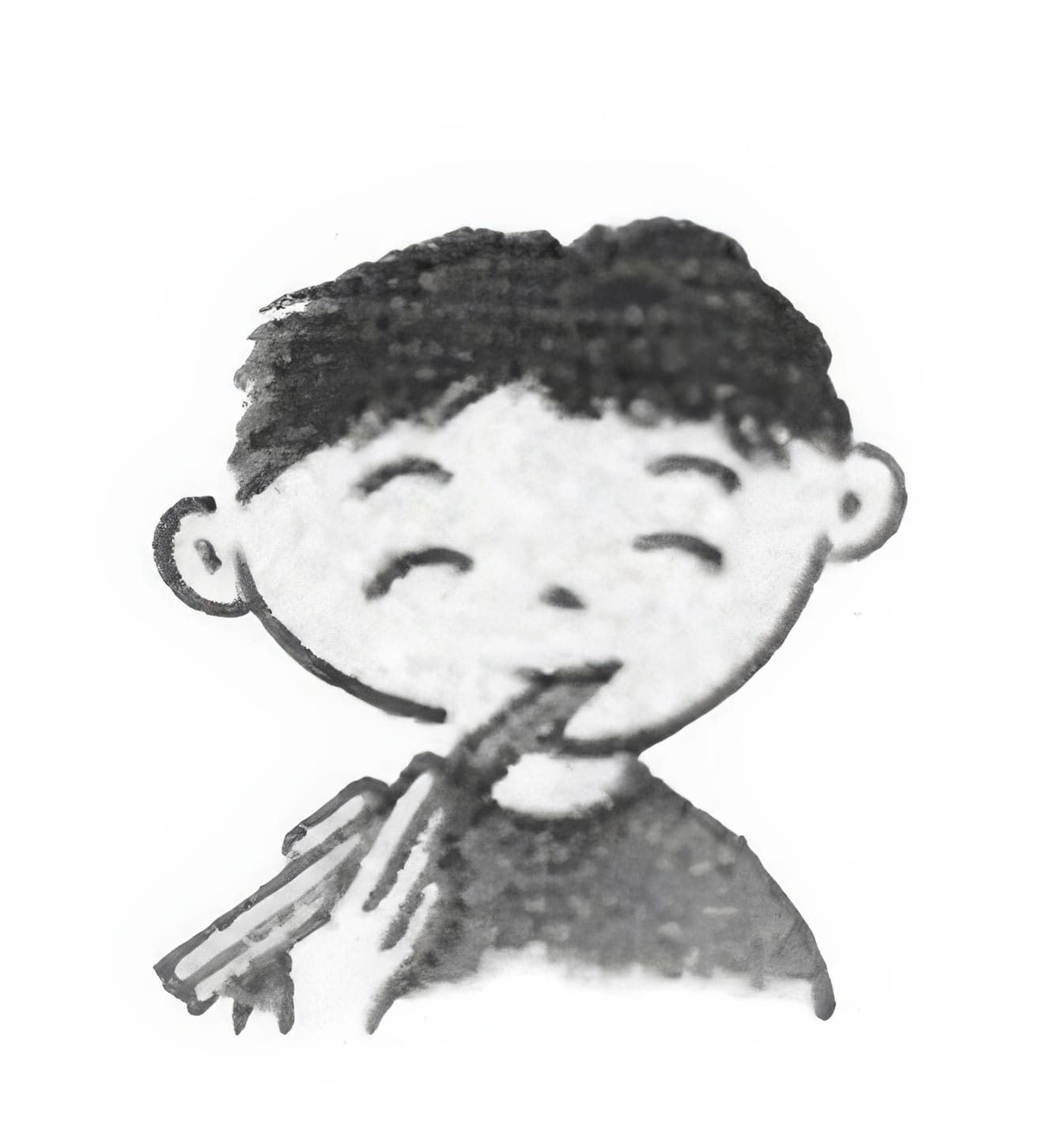
Nigiri-Bashi (握り箸)
Do not hold two sticks by grasping them in your fist. This resembles the stance of an attacker or an unruly obasan awaiting the arrival of a subway car armed with a pair of knitting needles.
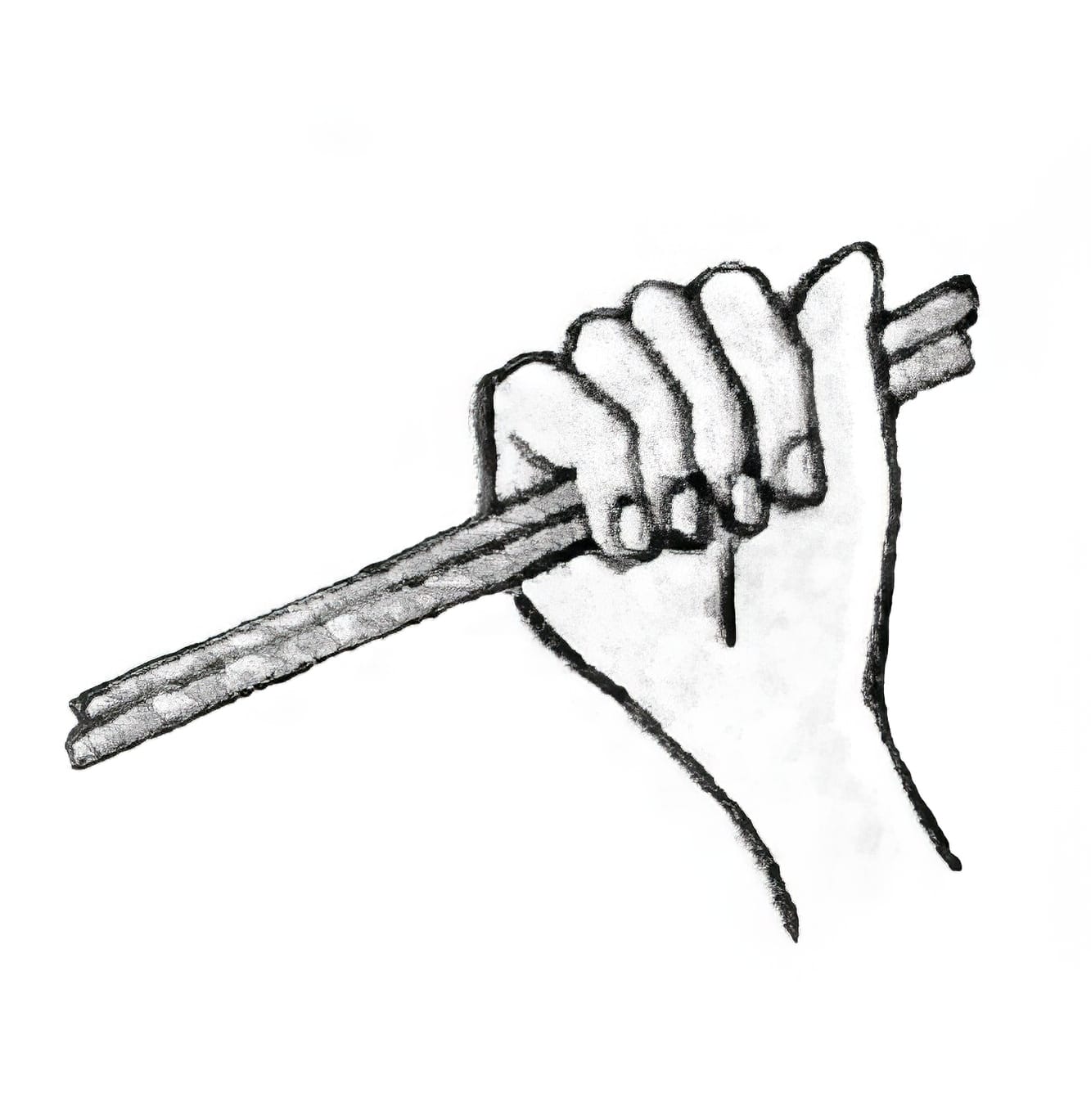
Hotoke-Bashi (仏箸)
This refers to a taboo practice when using chopsticks in Japan, specifically when one places chopsticks upright in a bowl of rice. This action is considered disrespectful and inappropriate because it closely resembles the way rice is offered to the deceased in Buddhist funeral rituals. In these ceremonies, a bowl of rice with chopsticks standing vertically is placed before an altar as an offering to the spirits of the dead. Therefore, doing this in a casual setting is seen as an invocation of death or bad luck, and it's something to be avoided during meals.
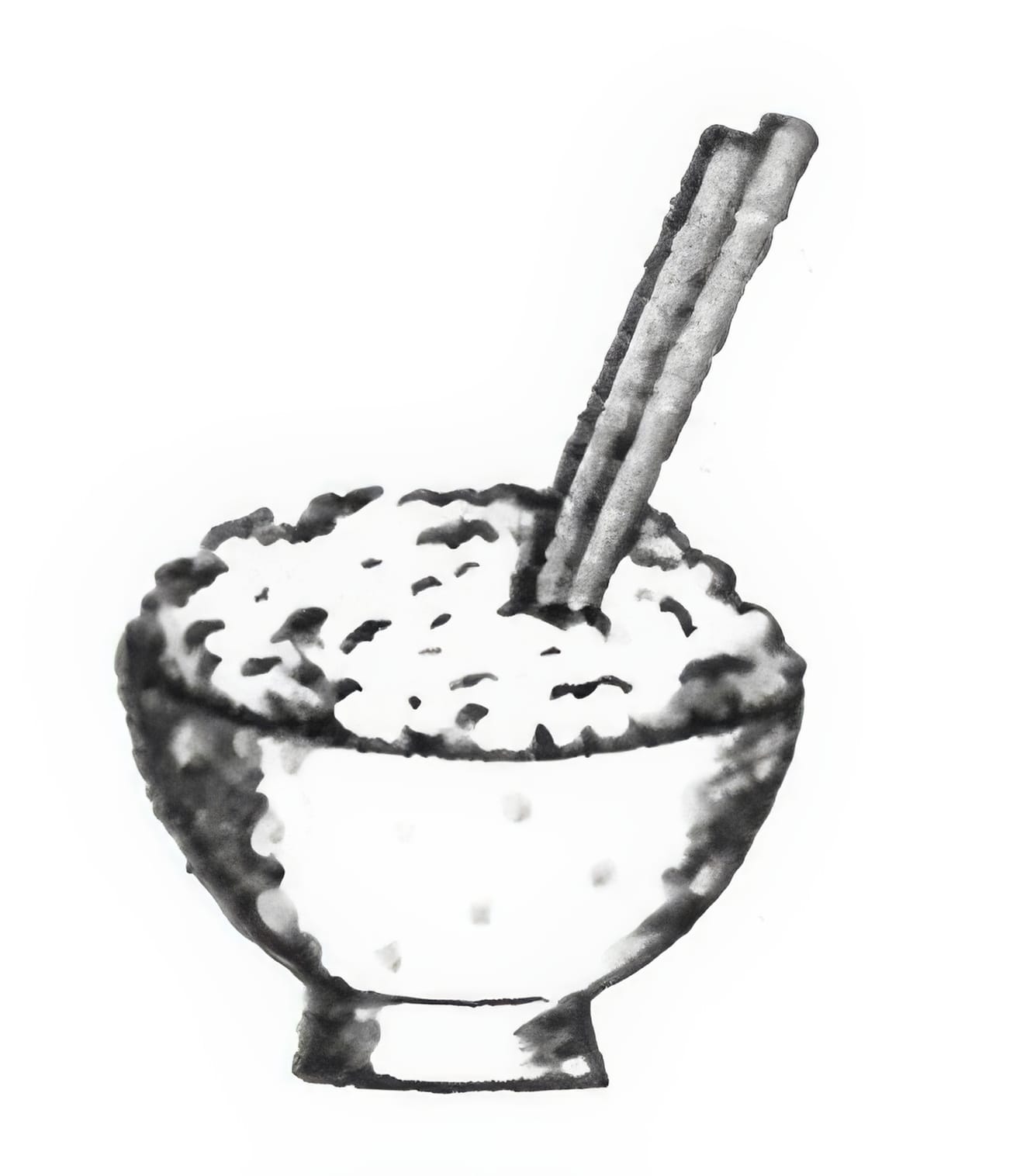
Hashi-Watashi (箸渡し)
Using chopsticks to give a piece of food to another person, who takes it directly from your chopsticks with his chopsticks, is the highest crime of all chopstick offenses. This is because chopsticks are used in this manner to move the bones into an urn after a cremation.
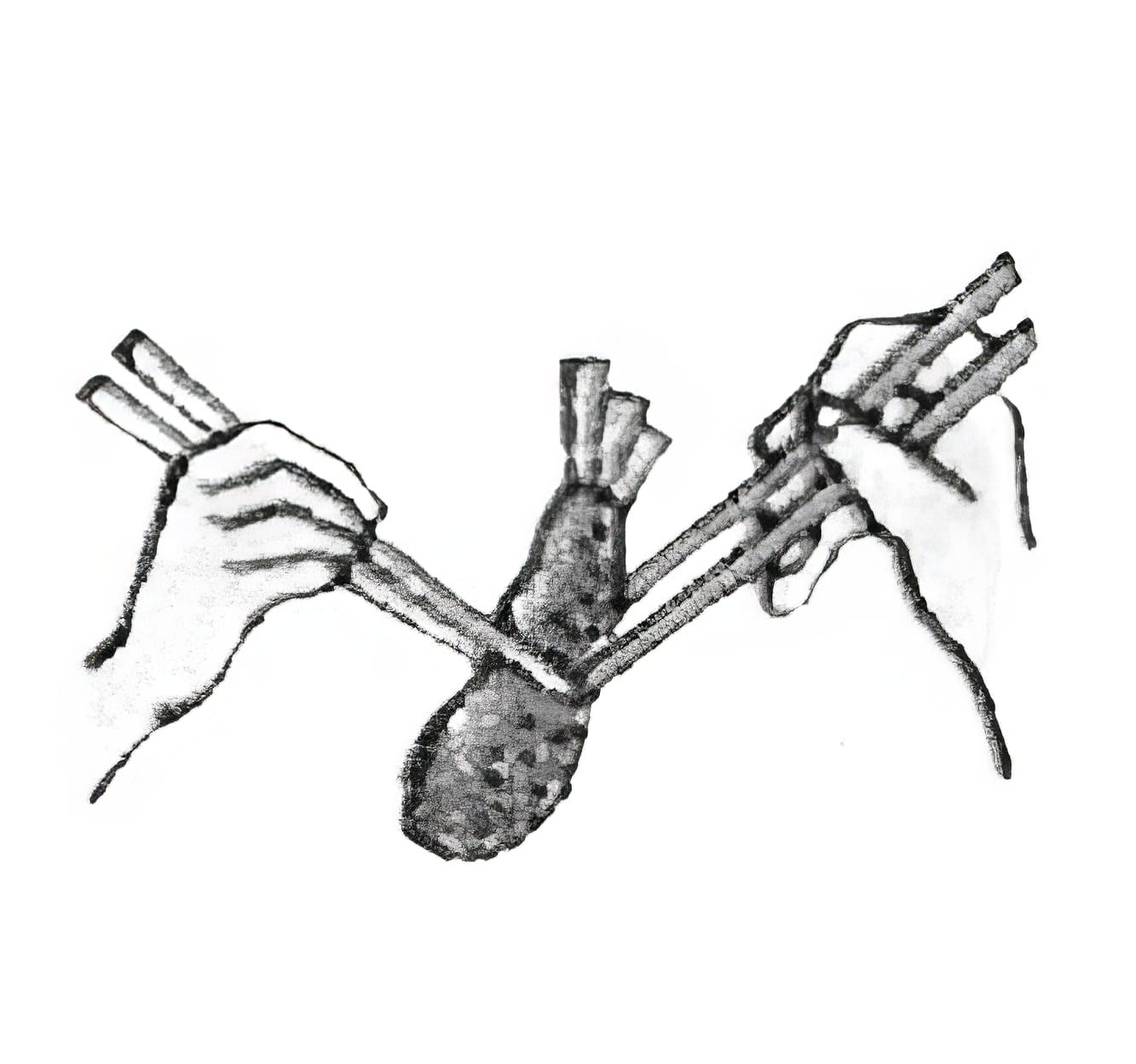
Understanding how to use chopsticks shows respect for Japanese culture and etiquette. Using them correctly demonstrates appreciation for Japanese customs and conveys sophistication and politeness.
Plus, once you learn to do it right, you can confidently accept the declaration that you are indeed umai!!

Doug Breté
Stirred, not shaken - by anyone or anything that drinks vodka martinis. Author of the forthcoming "Out of Breath - Kim Jung Un and the Baby of Svendalore."

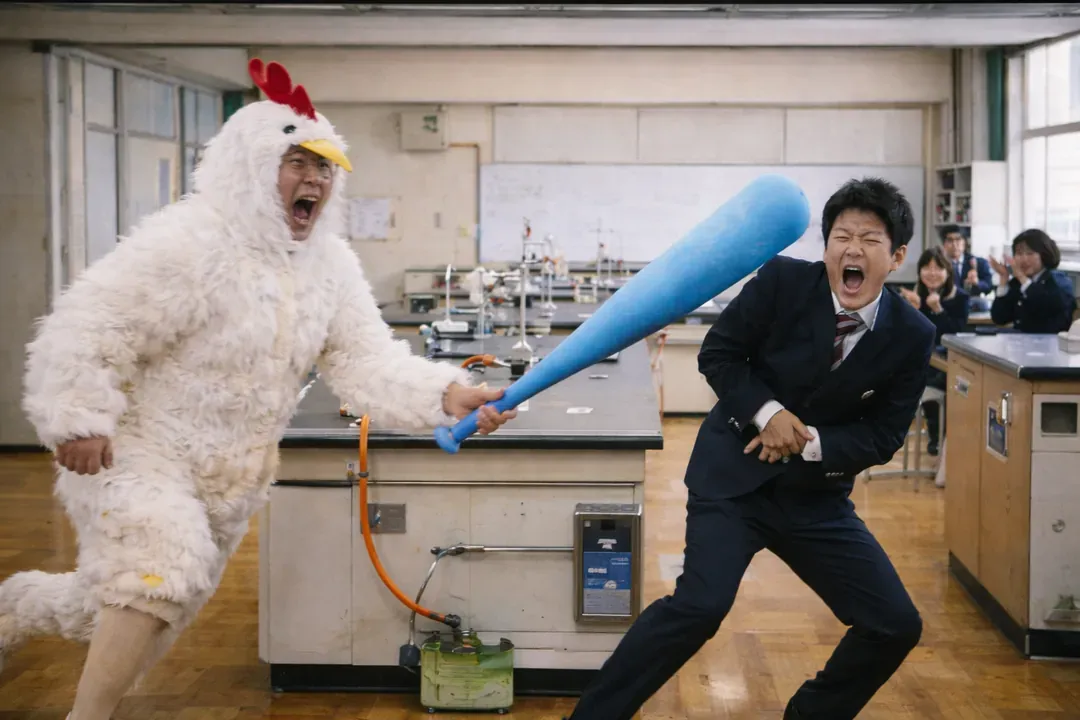
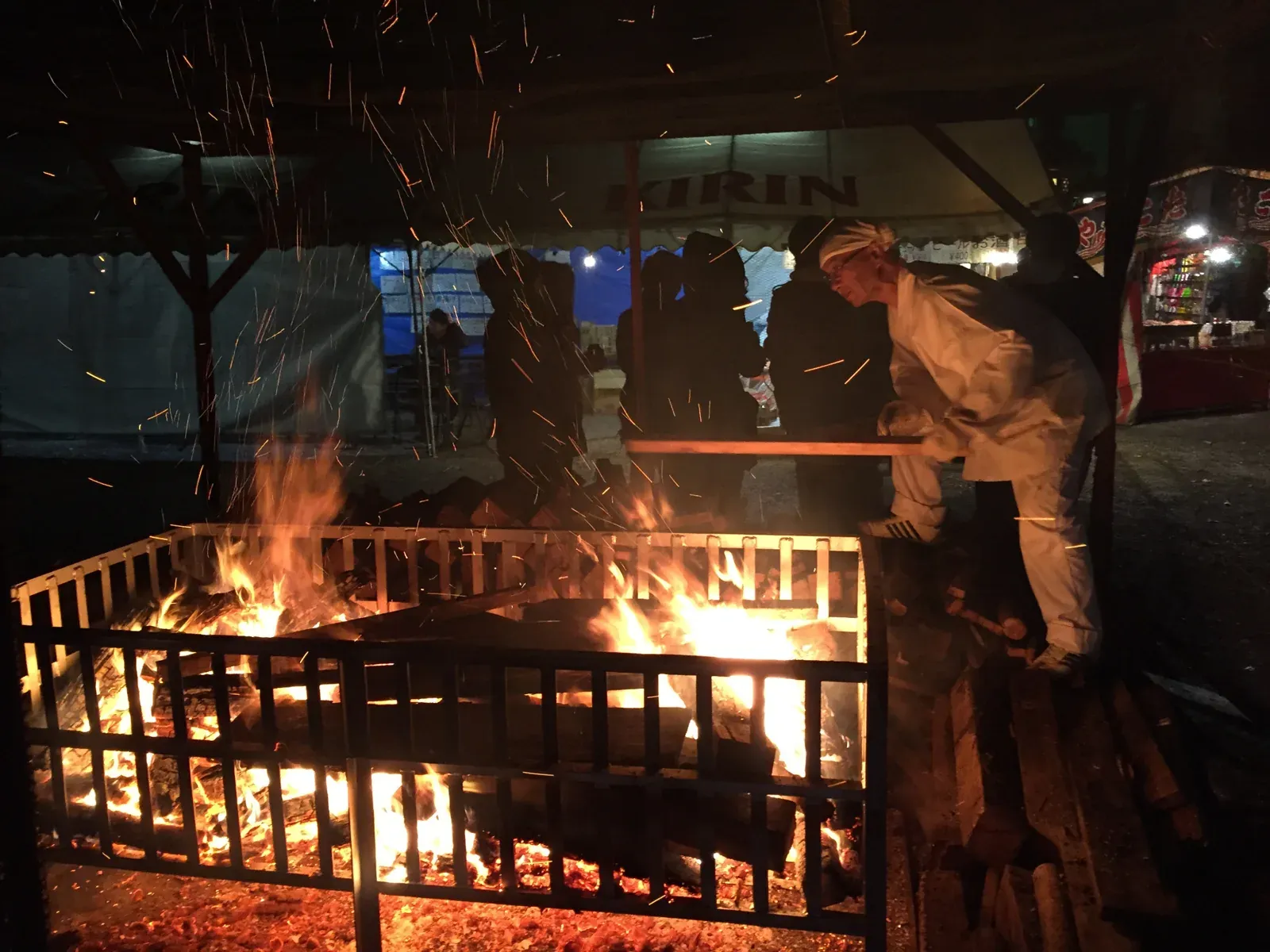



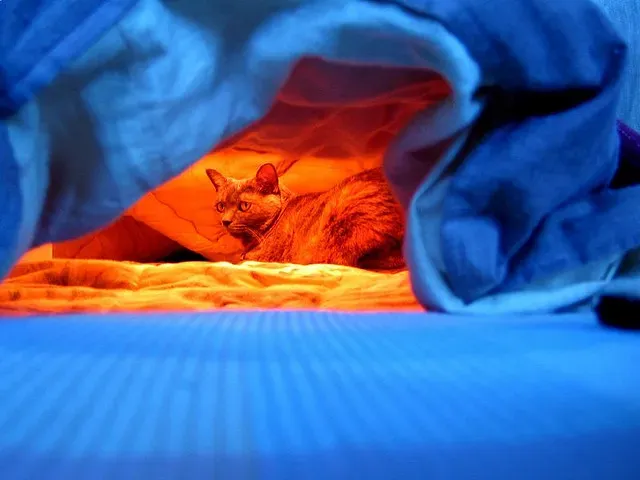
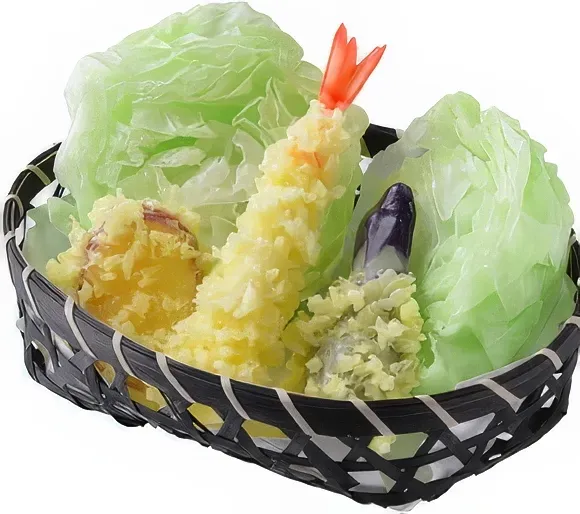
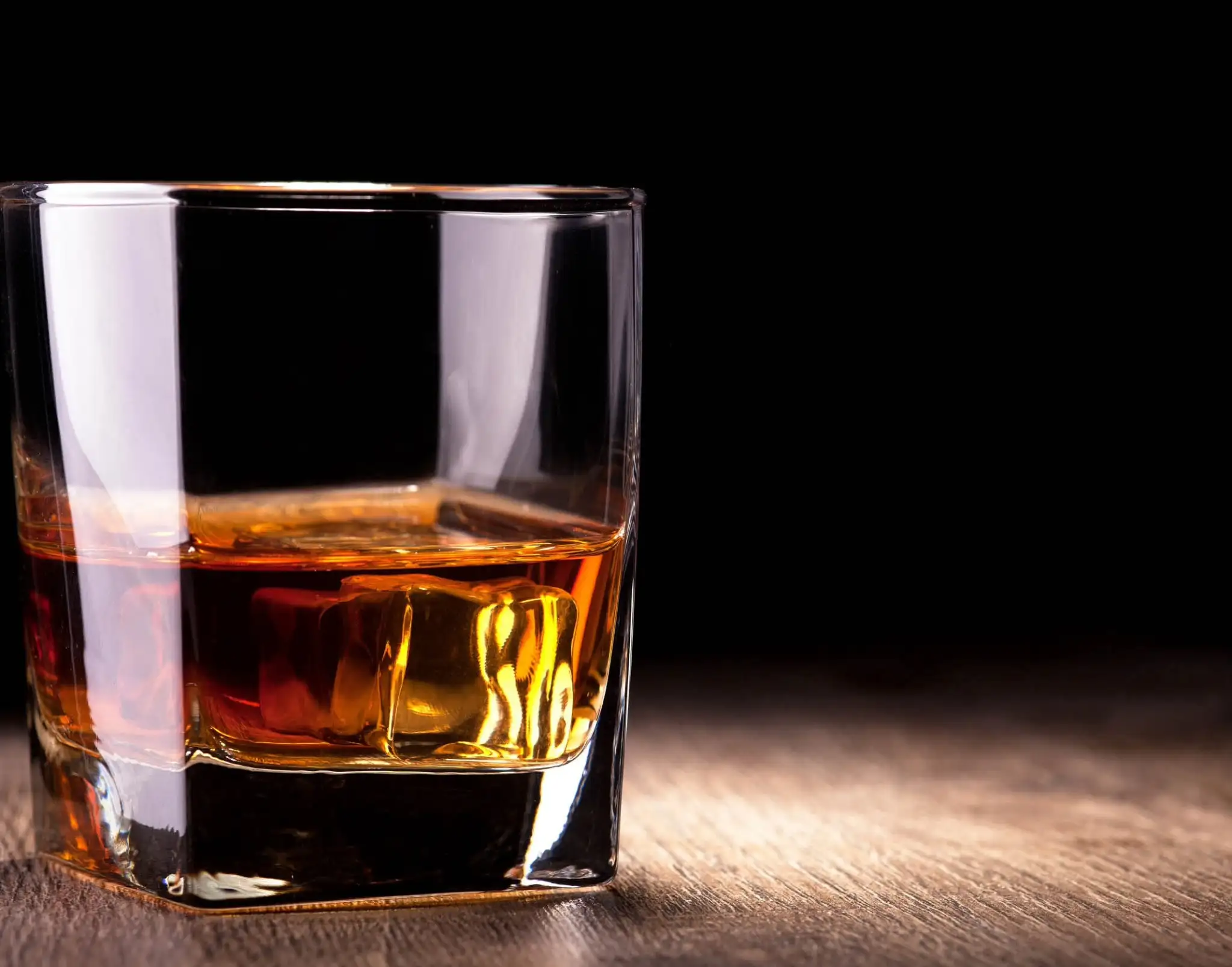

Leave a Comment